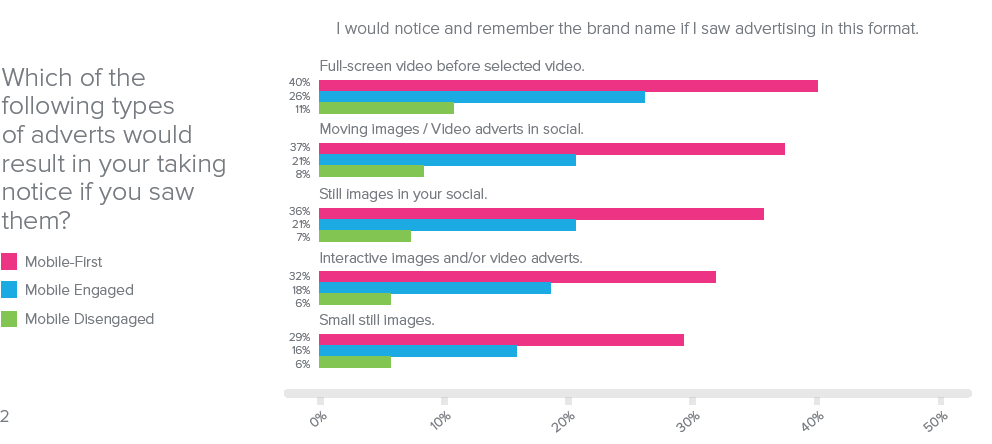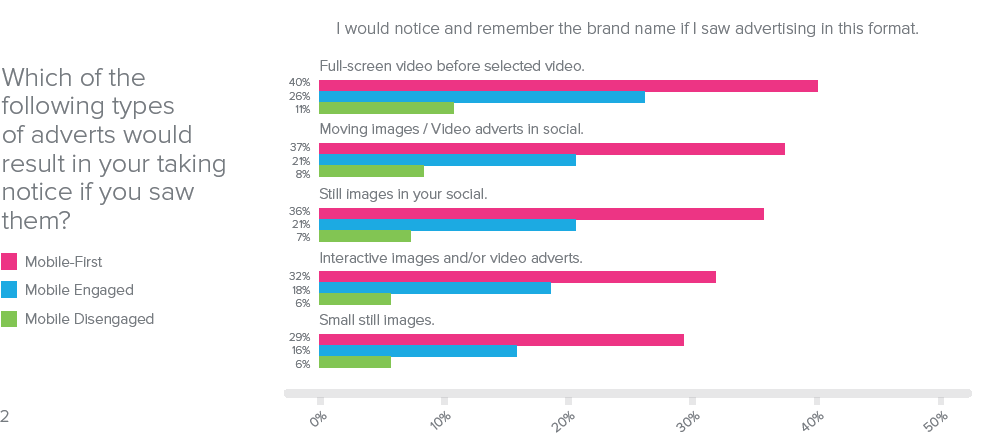Mobile-first users in emerging markets are ripe for well targeted brand messages, writes Julian Smith, head of strategy and innovation at Fetch.

Ever since Jim O’Neill coined the term ‘BRIC’ to describe the economic fortunes of newly advanced countries, many have looked to the likes of India and Brazil when wanting to drive the growth of their businesses.
Mobile marketing is no different. It’s widely known that these regions offer huge opportunities for brands looking to target an affluent consumer base. Our recent Global Mobile Consumer report has gone a little deeper and showcases the extent to which consumers in these markets are tied to their smartphone and how they prefer to be targeted by brands.
Across the globe, millions of consumers are seemingly addicted to their mobiles, however perhaps surprisingly, those in emerging markets rate higher on the addiction scale. We found that as much as 31% of consumers in emerging markets define themselves as mobile-first, compared to 15% in Europe and 18% in North America. The more mature the mobile market, and wider smartphone penetration, the lower the proportion of mobile addiction.
Similar to Western users, in emerging markets, consumers are using their mobiles to check social feeds, stream videos and play games. In Brazil, 59% of consumers access social media every half an hour via their mobile, compared to 37% in the UK.
Interestingly for brands, not only are consumers communicating with their social network on these mobile channels, they are also willingly participating with advertising brands. Those that identify as mobile-first are four-times more likely to say they frequently notice advertising in social media and eight-times more likely to share content than those labelled as “mobile disengaged”. Almost 70% of mobile-first consumers want brands to send relevant deals and offers via their messaging app.
In short, the more time people spend with their smartphones, the more they want to engage with brands and businesses via their device. However, it’s important to remember that consumers are only willing to be targeted as long as they receive personalised and relevant messages.
Intolerant of bad experiences
Mobile-first consumers in emerging markets are also more intolerant of bad mobile web experiences – 84% would leave a mobile website if it loaded slowly, compared to 69% in Europe and 75% in North America.
It’s clear that greater mobile phone usage makes audiences more alert and attentive to mobile advertising, as shown by the top graphic, and the bottom shows this is even more pronounced for emerging markets.
So, what’s the advice for brands?
Across the globe, consumers appreciate good mobile advertising, with those in emerging markets perhaps appreciating it the most. Many brands are fearful of offering a disruptive experience but disruptive doesn’t have to necessitate a bad experience. A relevant, well formatted full screen video stands a good chance of being appreciated by the user. As our research shows, users do take notice of high impact, full-screen video advertising formats.
Emerging markets should be a key focus for brands as consumers in these regions are active smartphone users. They are more likely to engage, compared to those from other markets, but will only do so if served a good experience. As our research shows, consumers in emerging markets are more likely to remember the brand mentioned in an ad for all formats. It would be an exaggeration to state that the inhabitants of Brazil and India are crying out for brands to target them. However, mobile-first users in these markets are ripe for well targeted brand messaging and advertisers would do well to remember this.









